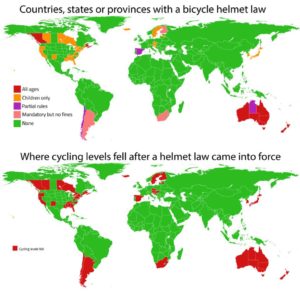As I previously wrote about, locking the bike is key if you want to enjoy it. Today, I am going to focus on how to avoid bike thefts. Of course, the best way is to lock your bike at home, specially on nights, but this is not always possible. When you lock your bike in the street, you should consider a few points:
-
Locking bikes on thin metal bicycle parkings is a bad idea. Better, locked it to a sturdy, hard to hack post or a tree (this last point could be controversial according to some local laws)
-
Difficult, but not impossible: Locking wheels to the frame so that they can’t turn, but not locking the frame to a post or something. Bicycle can easily be carried away and locks open at one’s convenience at home.
-
Locking just wheels, not the frame itself, to a post or a tree. Wheels are simply taken off, left, while the rest of the bike is carried away.
-
Locking the frame, but leaving the chain close to the ground. Ground provides lots of leverage for different cutting tools. Keep locks as high as possible.
-
Having too long to wide locks and padlocks, leaving room to insert leverage metal bars, car lifting jacks etc – is also a bad idea.
-
Combine at least two types of locks so that thieves must use at least two different tools.
-
Lock the frame to a strong immobile object, putting the lock through the frame so that it can’t be taken off without cutting the frame (or the lock).
-
Lock both wheels (to the frame, or an immobile object).
-
Make sure saddle, or other expensive parts are either taken off, or locked to the frame as well.
No method is 100% safe. Even a well locked bicycle with a good lock takes about 20 minutes to hack. If the thief uses a battery powered angle grinder, it is just few minutes. However, if the bike is better locked than the other bikes in the street and it doesn’t look more expensive, there is a greater chance you conserve it the next day.



